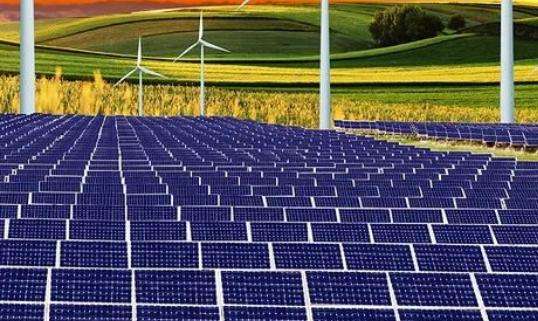The analysis is as follows:
1. The electric motor can be converted into a generator. For example, for a fan motor, you can remove the rotor, carefully remove the aluminum bars in the rotor and the aluminum short-circuit rings at both ends, and add the field winding. Add slip rings, carbon brushes and excitation circuits in series. This method is troublesome to operate, but the output voltage can be adjusted by adjusting the magnetism.
2. Without modification, there is no electricity, but this kind of motor can generate electricity through modification. There is a kind of motor. When the power is supplied, the motor acts as a motor and can drive other machines. However, when the machine is running inertly, it in turn drives the motor to rotate and generates electric energy. However, this electric energy actually acts as a brake. . Of course this is not a squirrel cage asynchronous motor.
3. Using an AC motor as a generator is called an AC asynchronous generator. The matching and use method is very simple. Just connect a capacitor of appropriate capacity to the lead of an ordinary asynchronous motor, use a diesel engine or other power to drive the motor, and the motor will become a generator. The synchronization of the motor The speed is the rated speed used as a generator; total capacitance selection: on motors above one kilowatt, choose a triangle connection capacitor, which can be 10μf (microfarads) per KW, and a star connection of 17μf (microfarads). The capacitor's AC voltage resistance must reach or exceed 400V before it can be used. The efficiency of this asynchronous generator is maximum 80% of the original electric motor power.
Extended information
Preparations before starting the engine :
1. Machine room operators should abide by safe operating procedures and wear work clothes and insulating shoes. The crew should have a clear division of labor;
2. Check whether the flywheel and generator part guardrail covers are in place. In good condition;
3. Check the gearboxes, clutches, speed regulators, oil levels, fasteners, etc., and confirm that they are intact. The oil and water temperature cannot be lower than 20 degrees before starting;
4. Set the pipeline gates of each system in the "working" position;
5. Check the link bolts of the transmission mechanism and tighten them;
6. Check whether the pressure of the clutch handle is normal and whether the overspeed safety device is positioned;
7. Check whether the pressure of the gas storage bottle is normal and whether the overspeed safety device is positioned;
8. Open the drain valve of the air pump ;
9. Check whether the circulating water pump, oil pump, and fuel pump are normal;
10. Place the excitation resistor at the maximum resistance position and turn off the power supply switch.
Baidu Encyclopedia: Preparations before starting the engine














